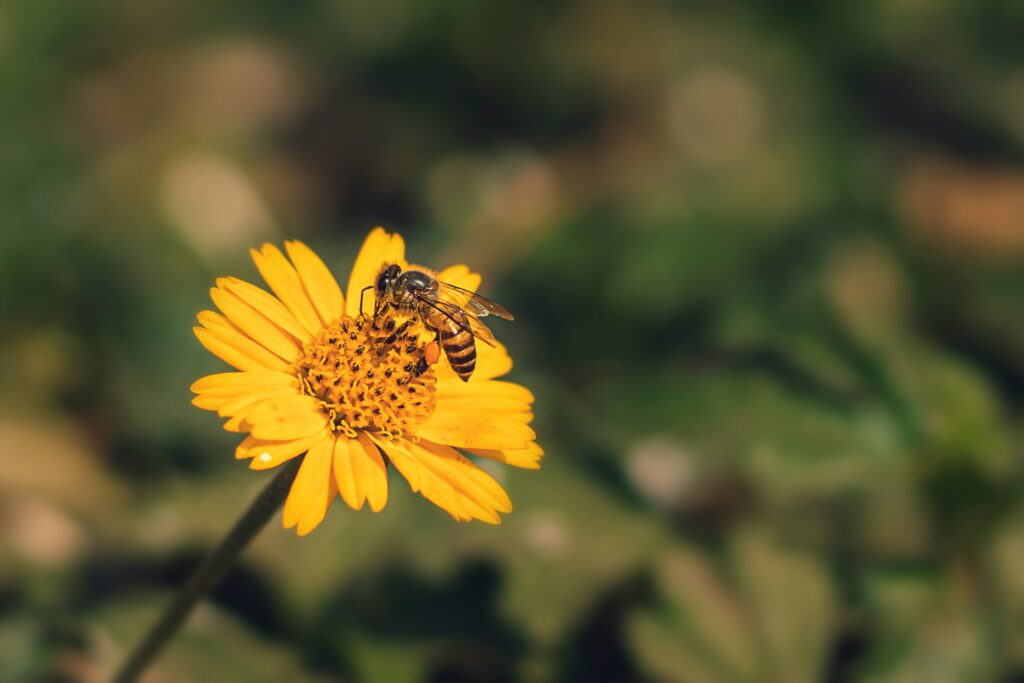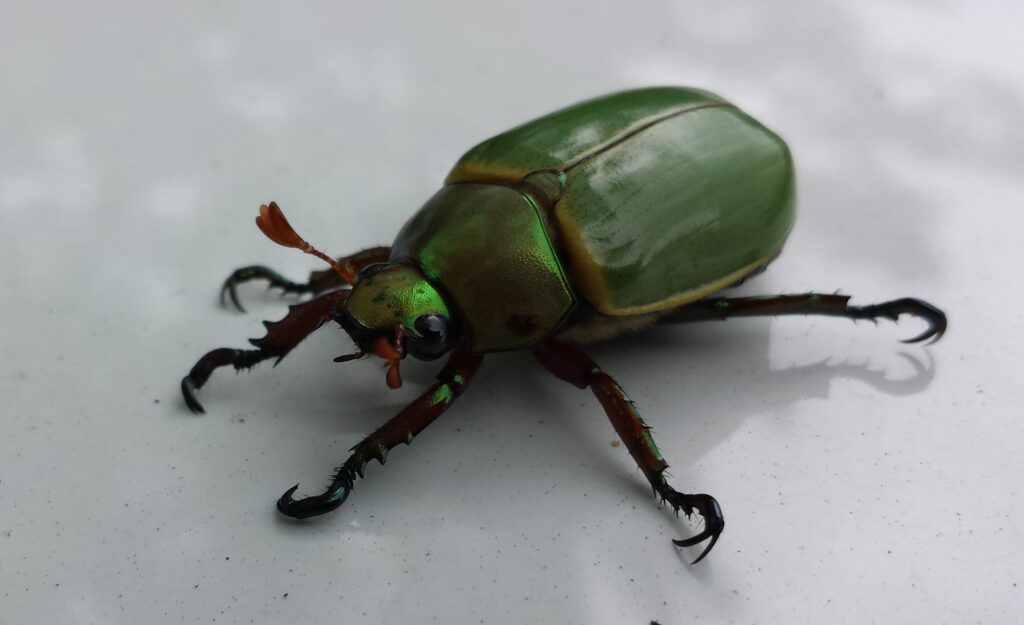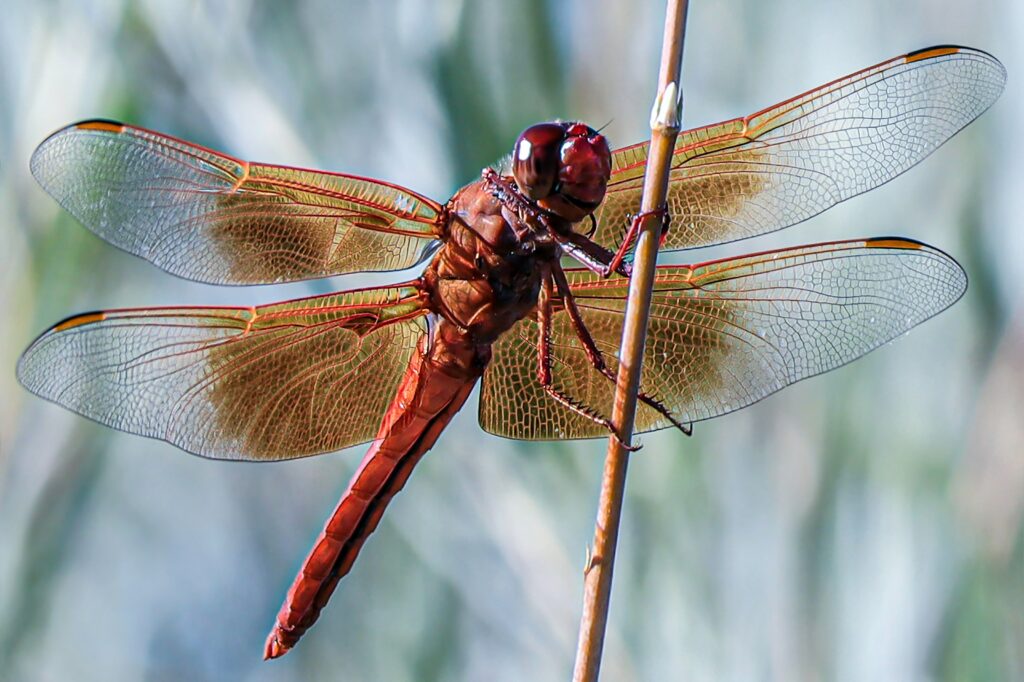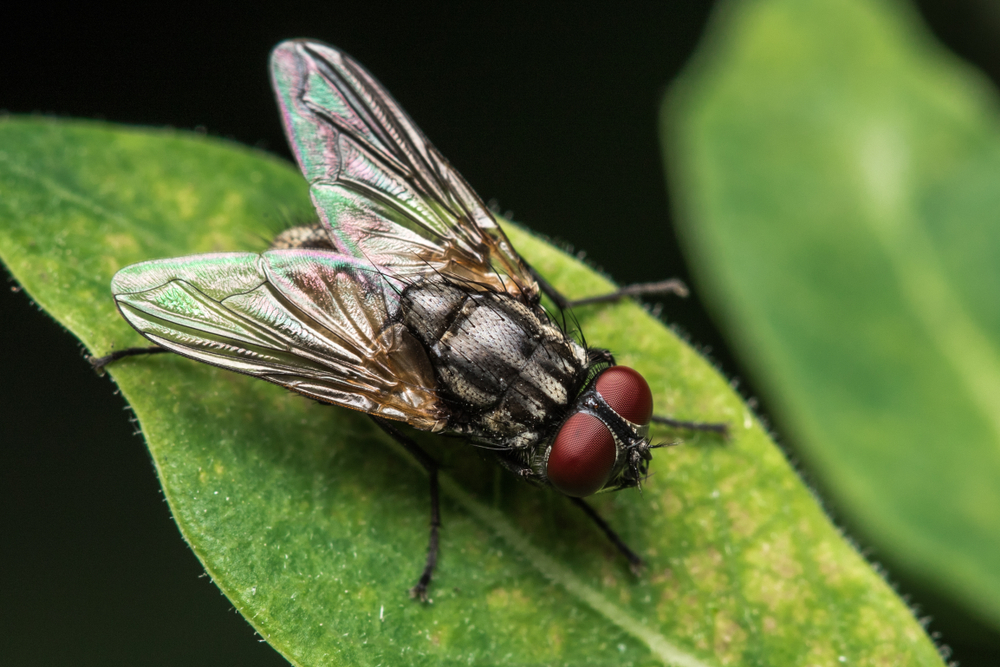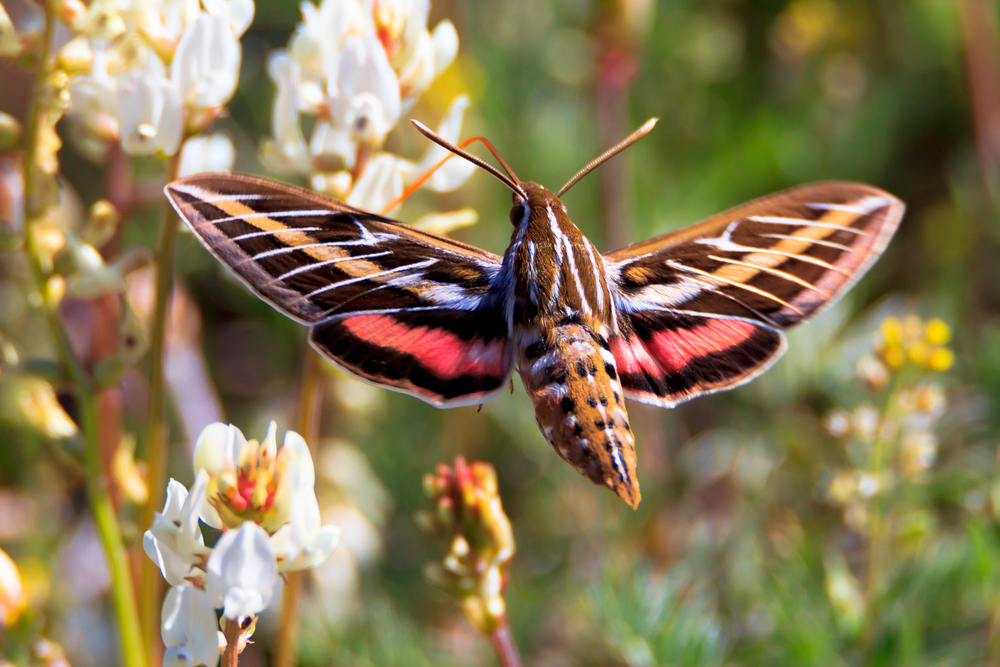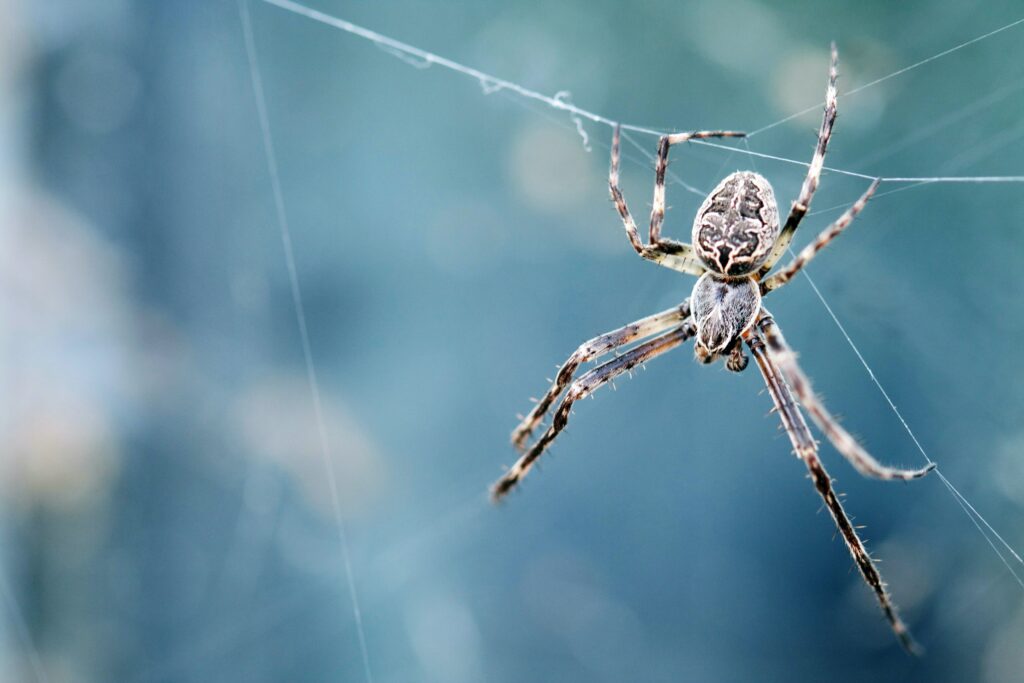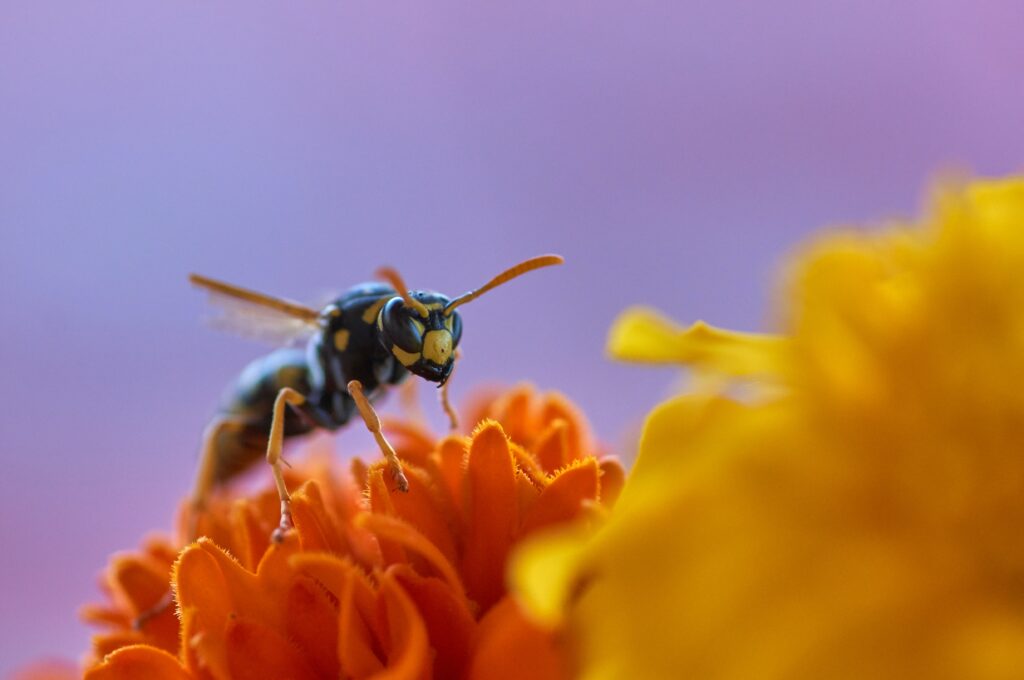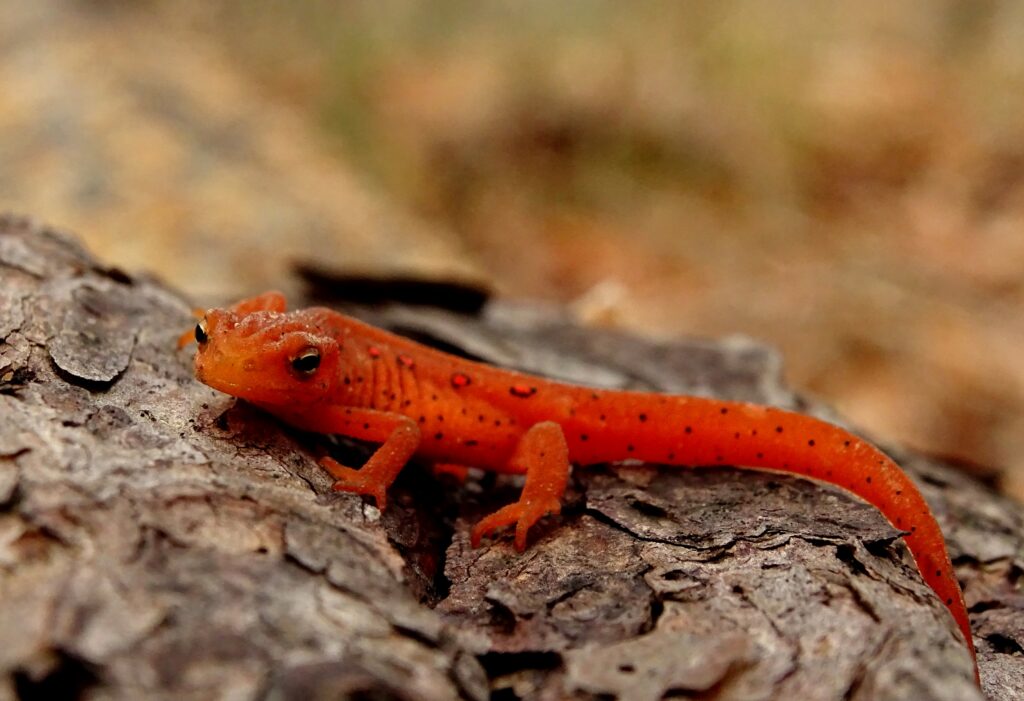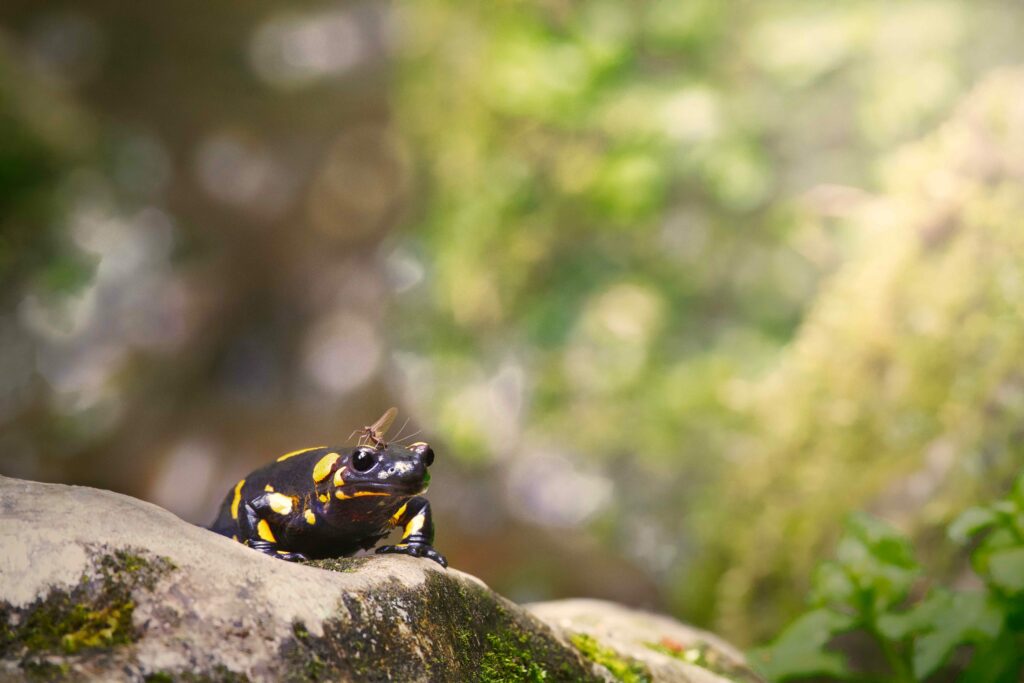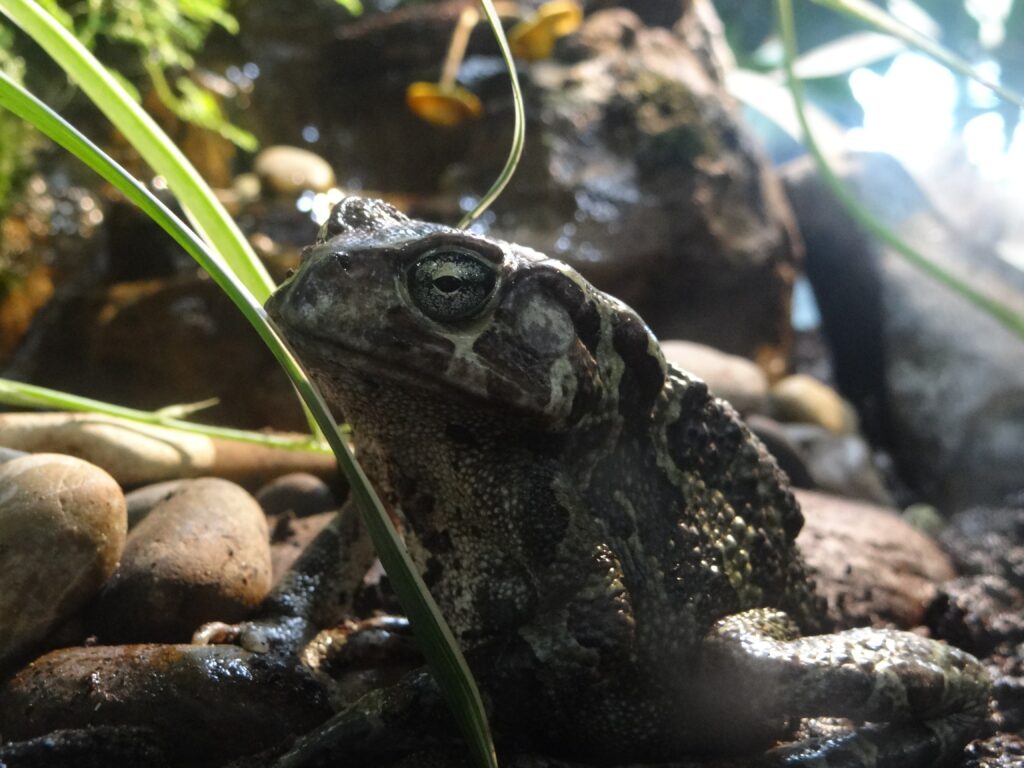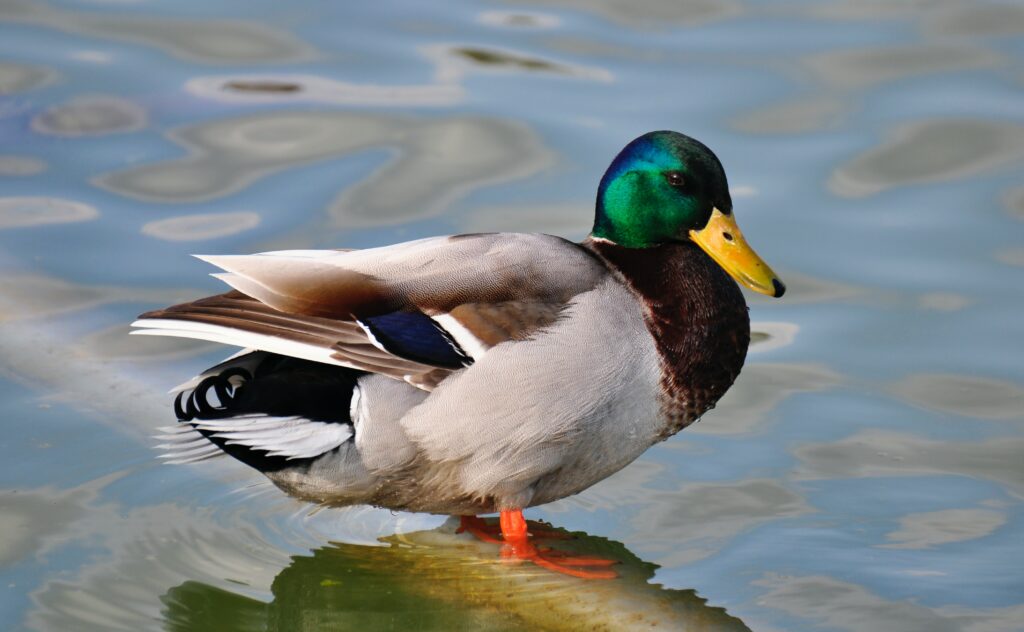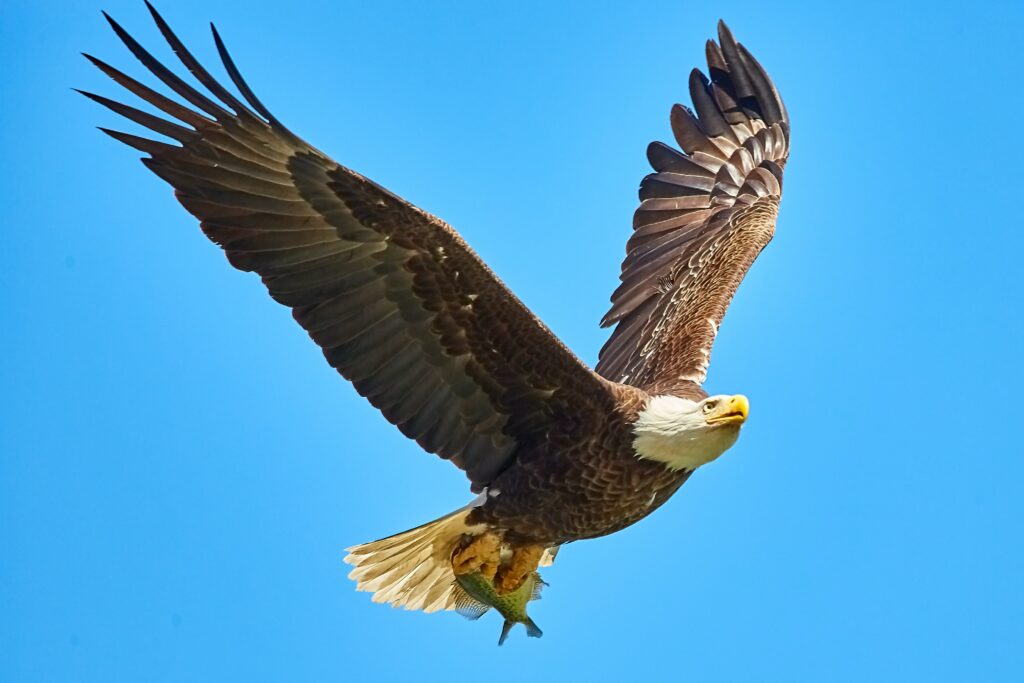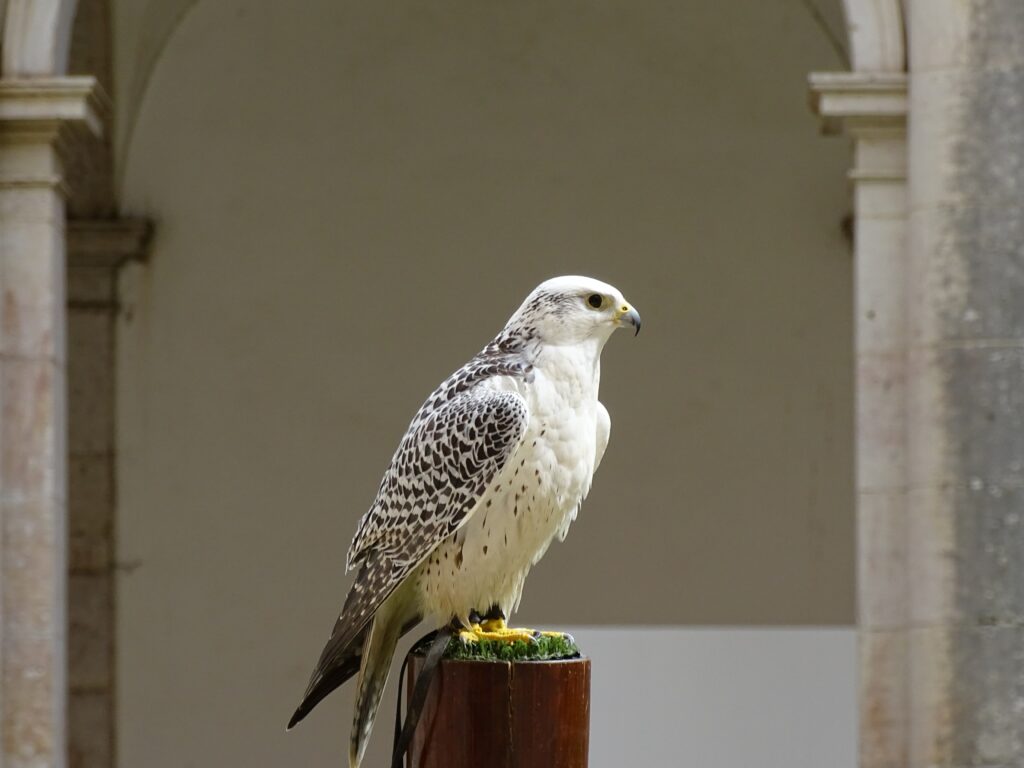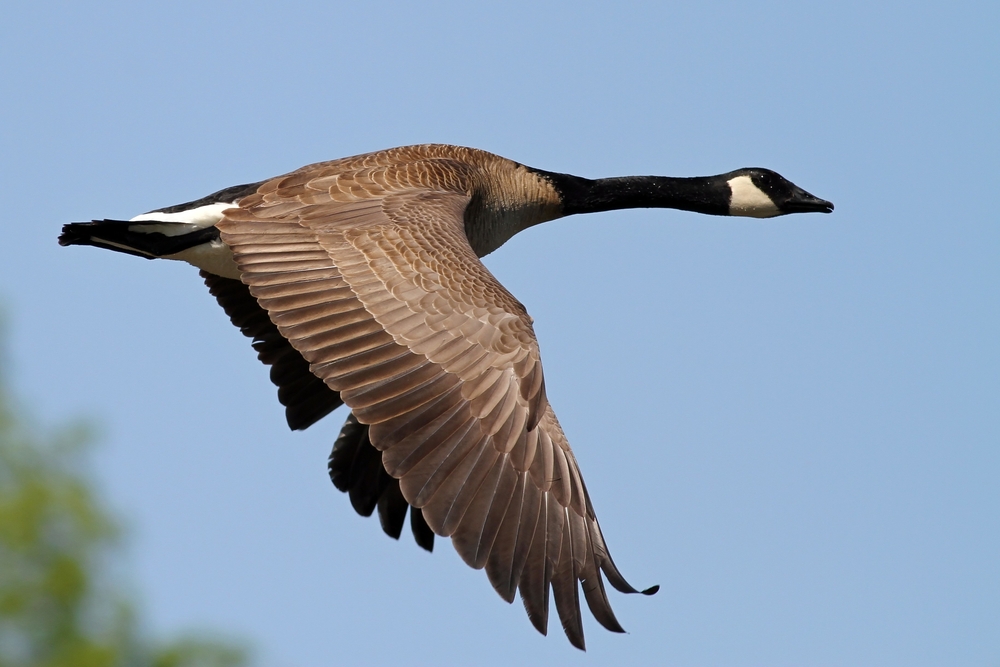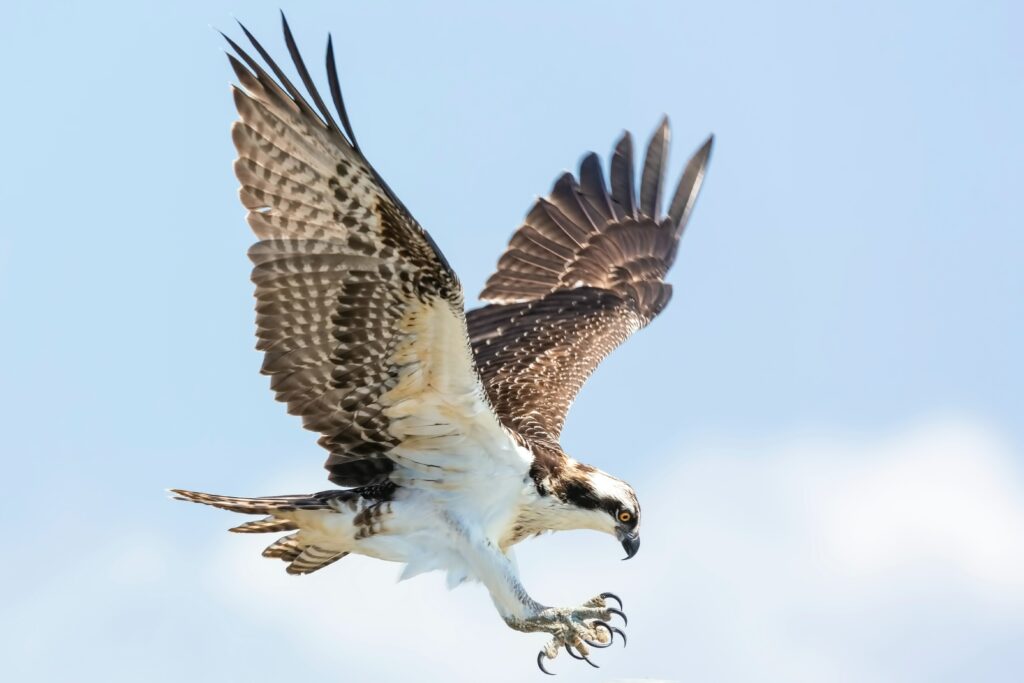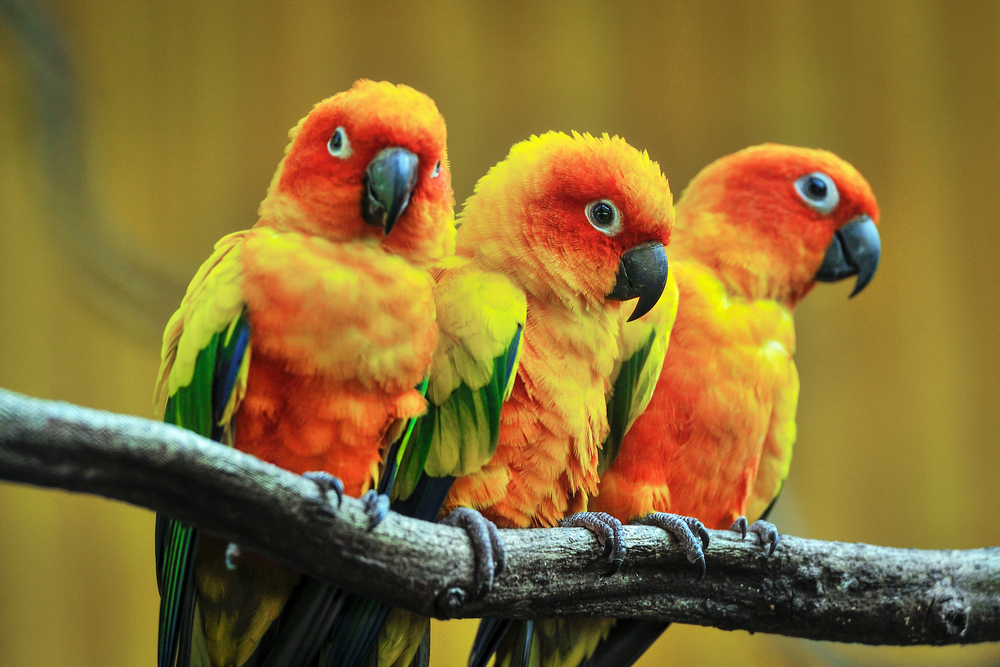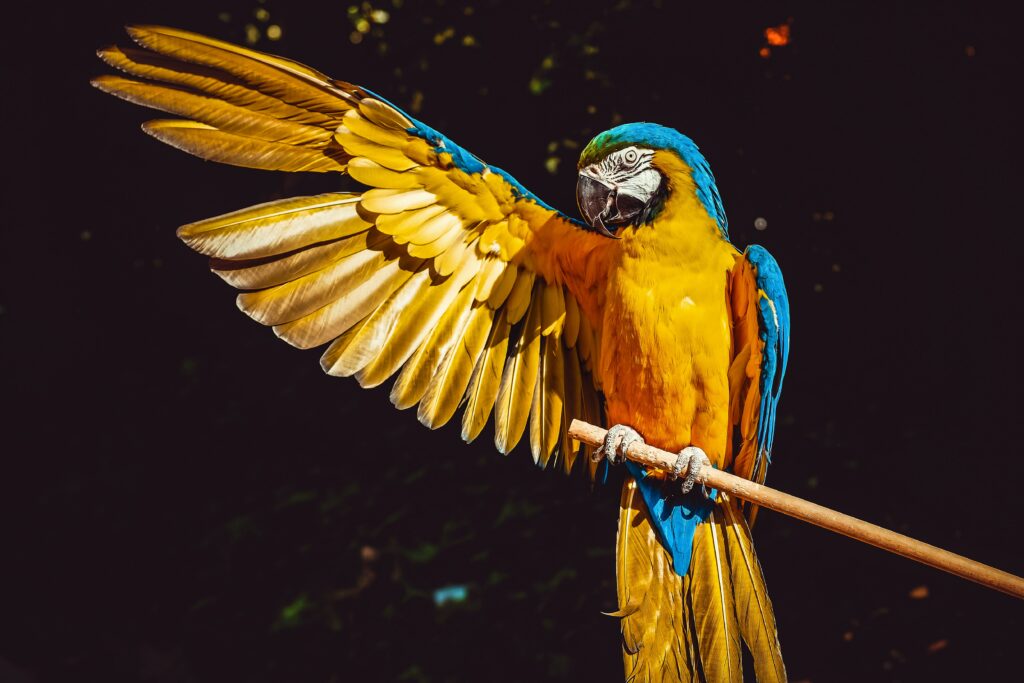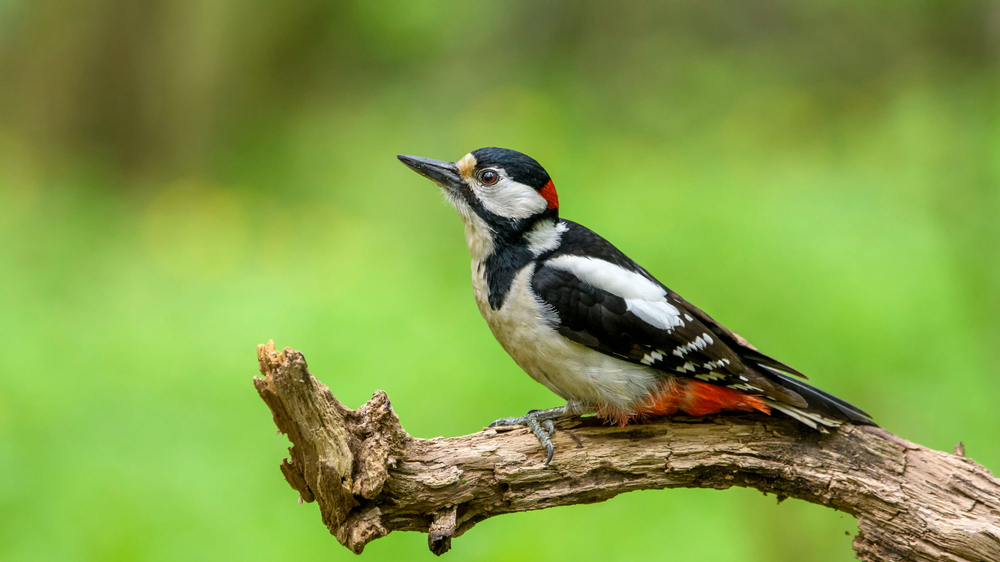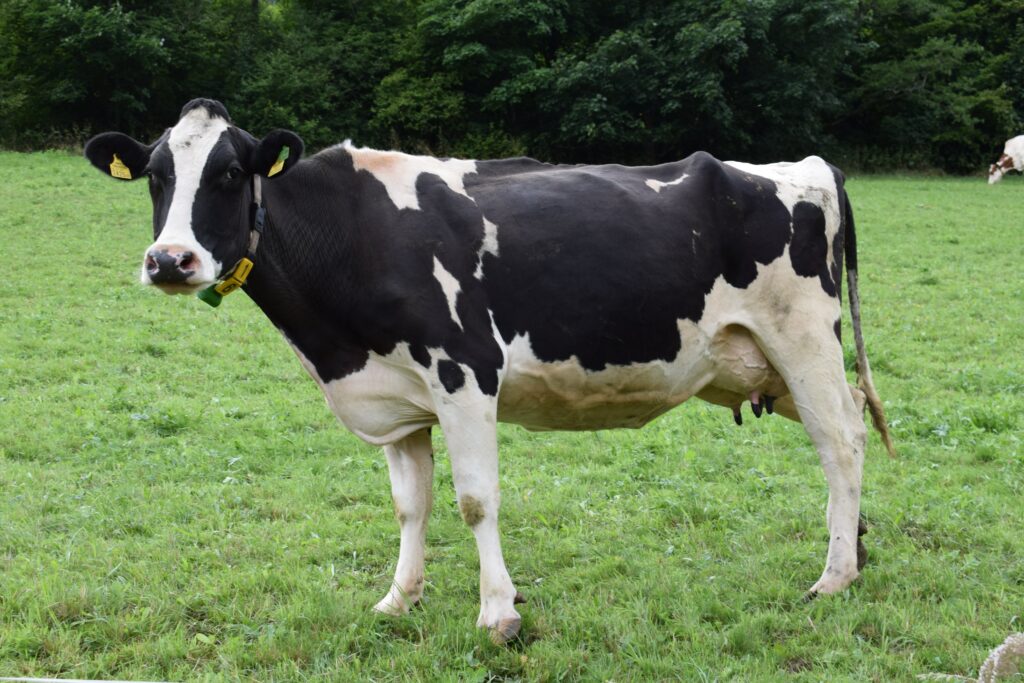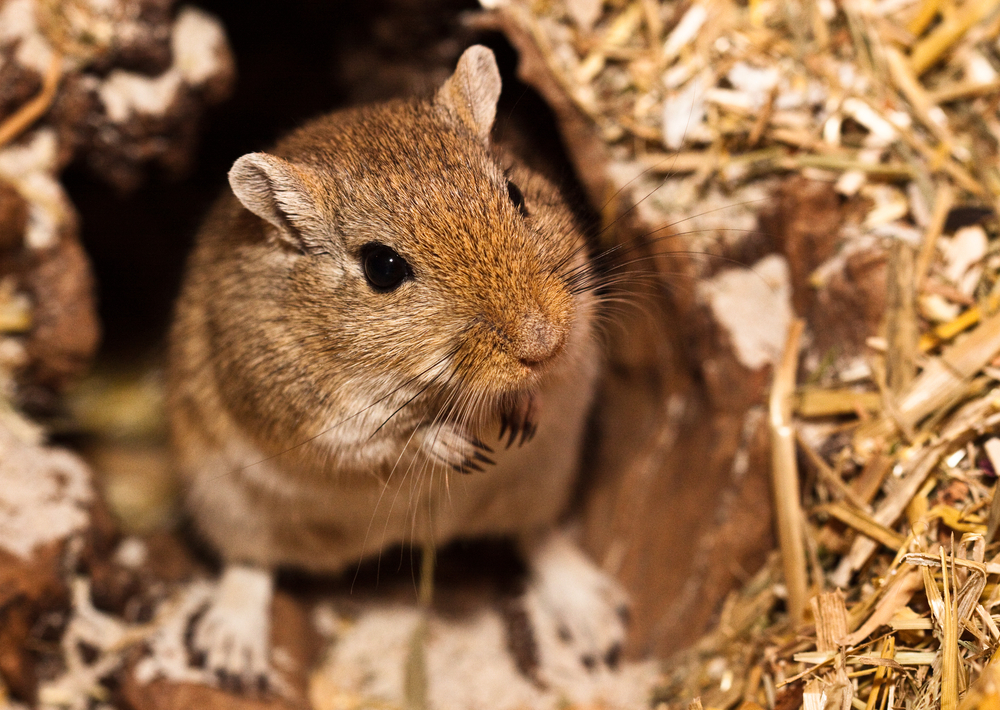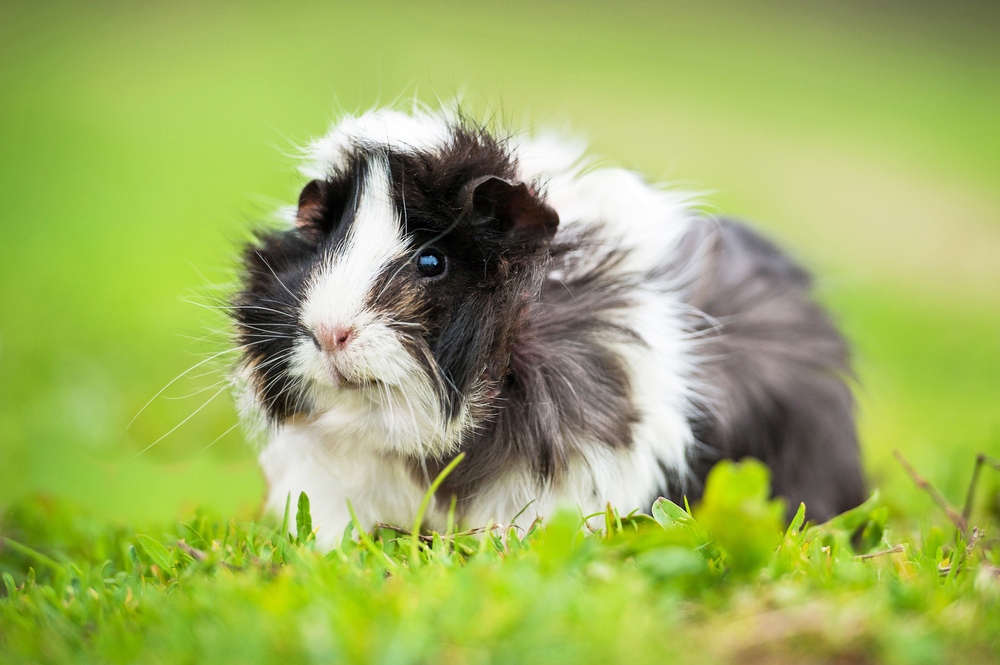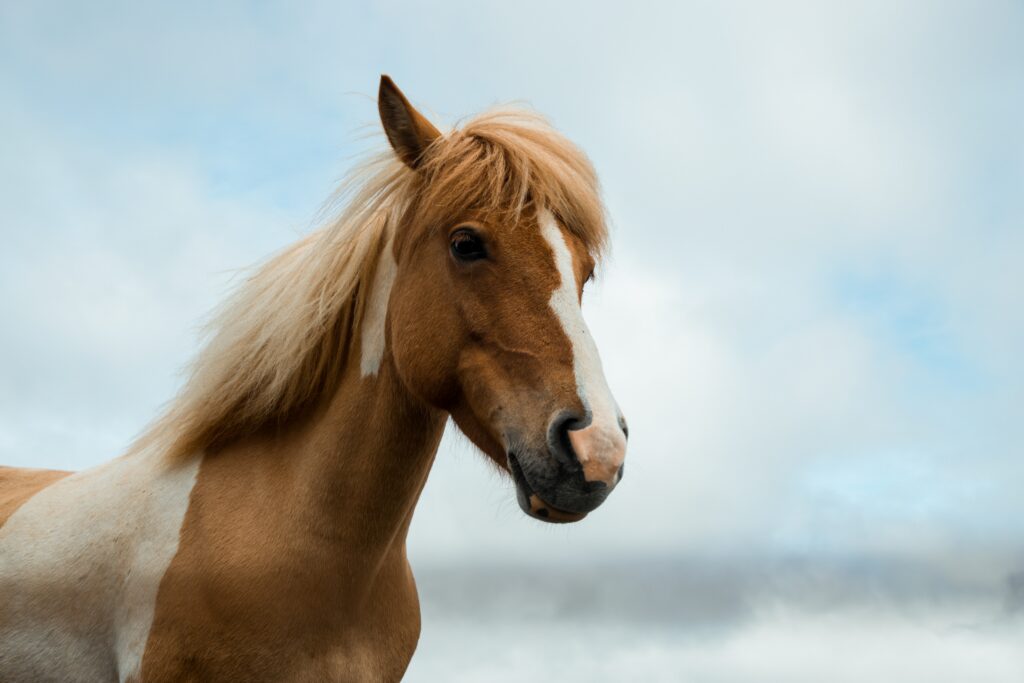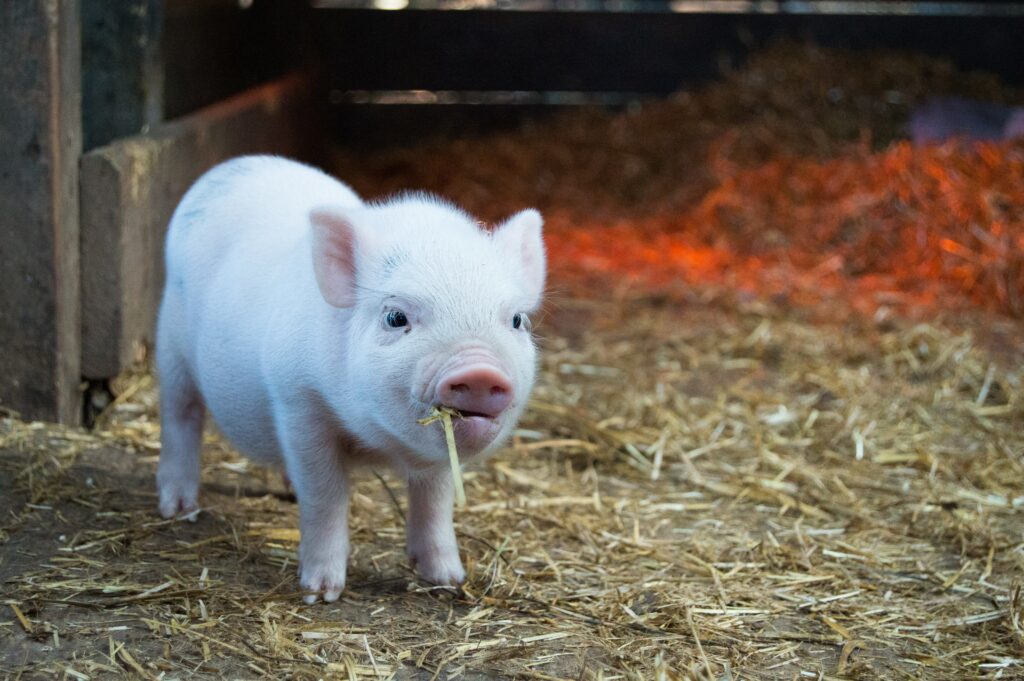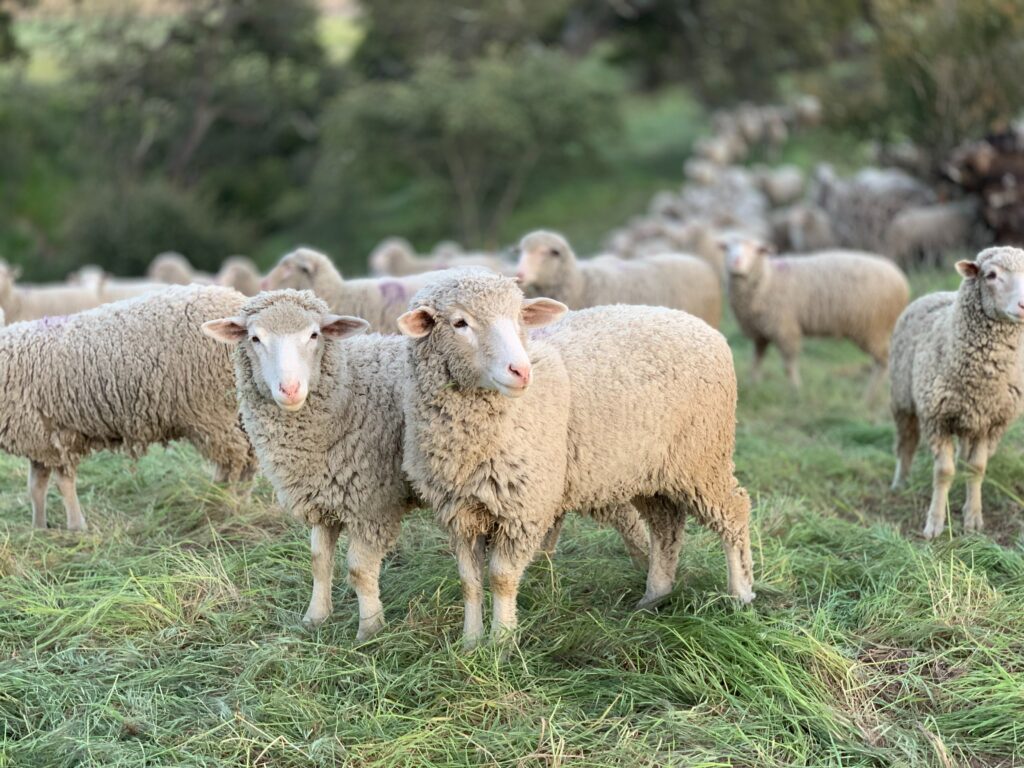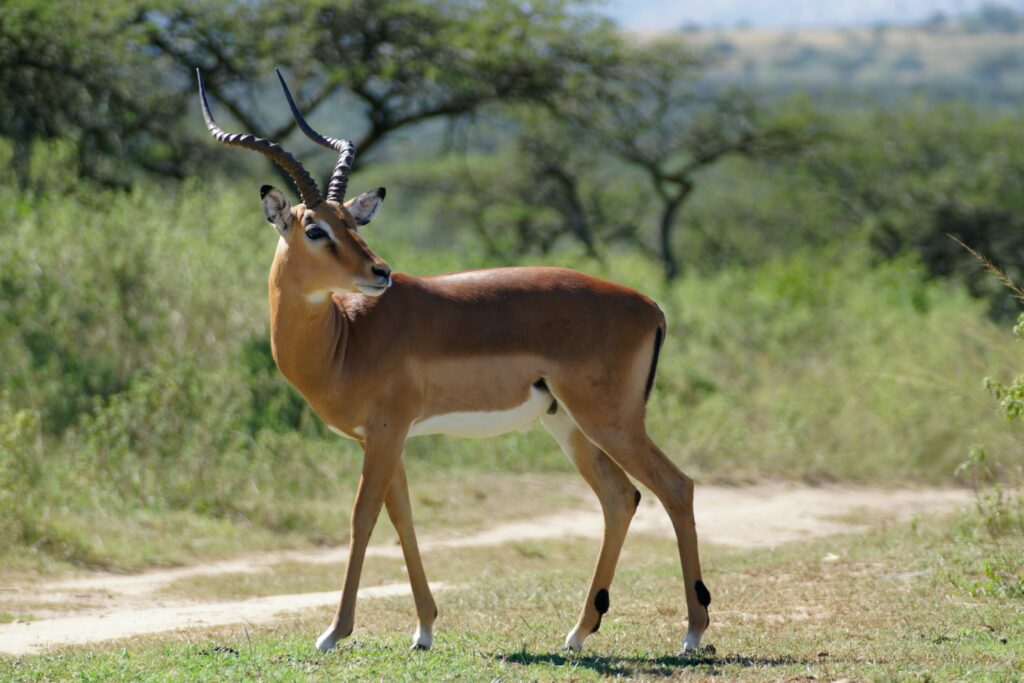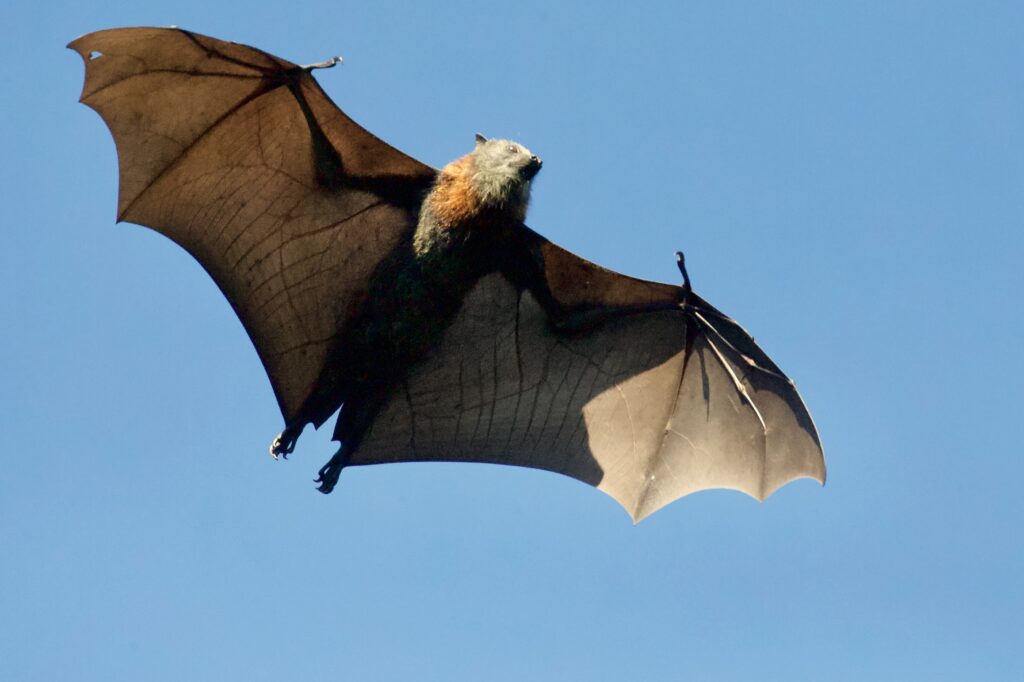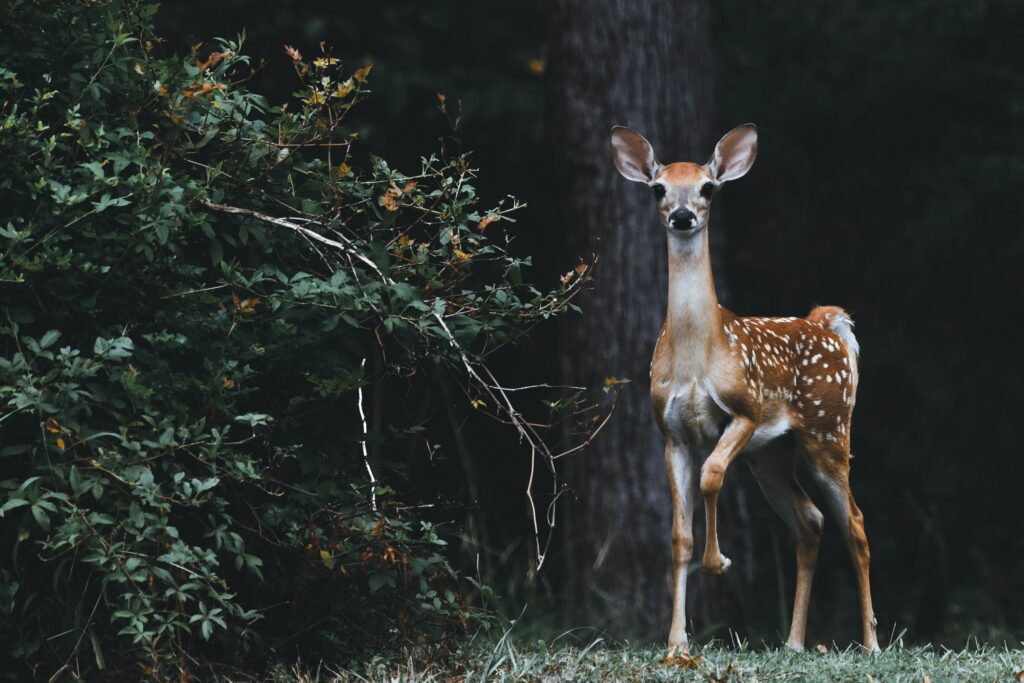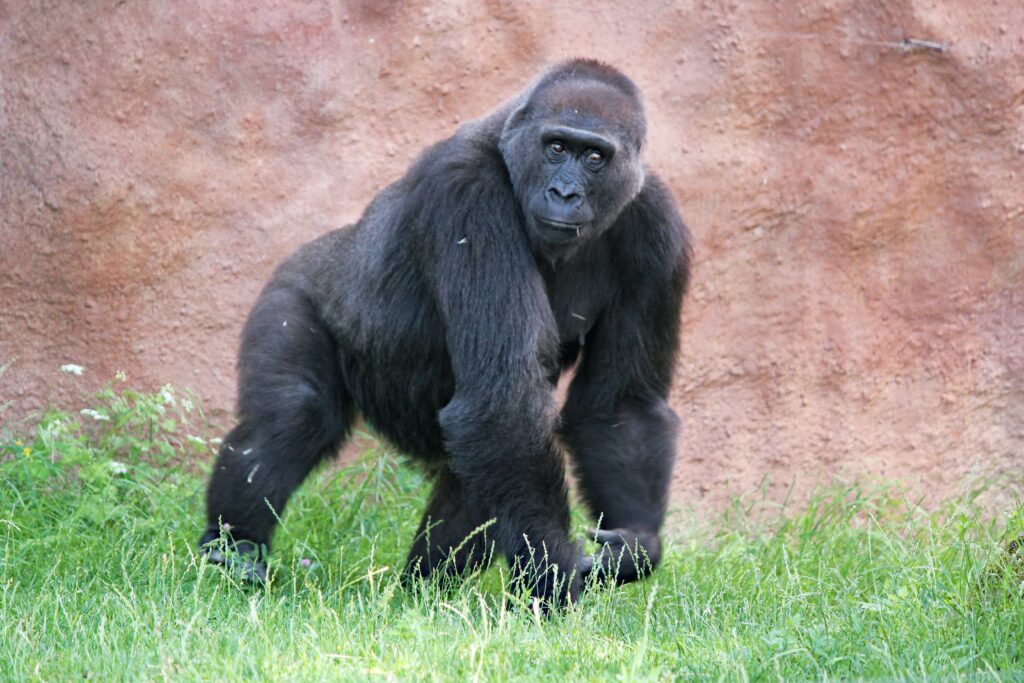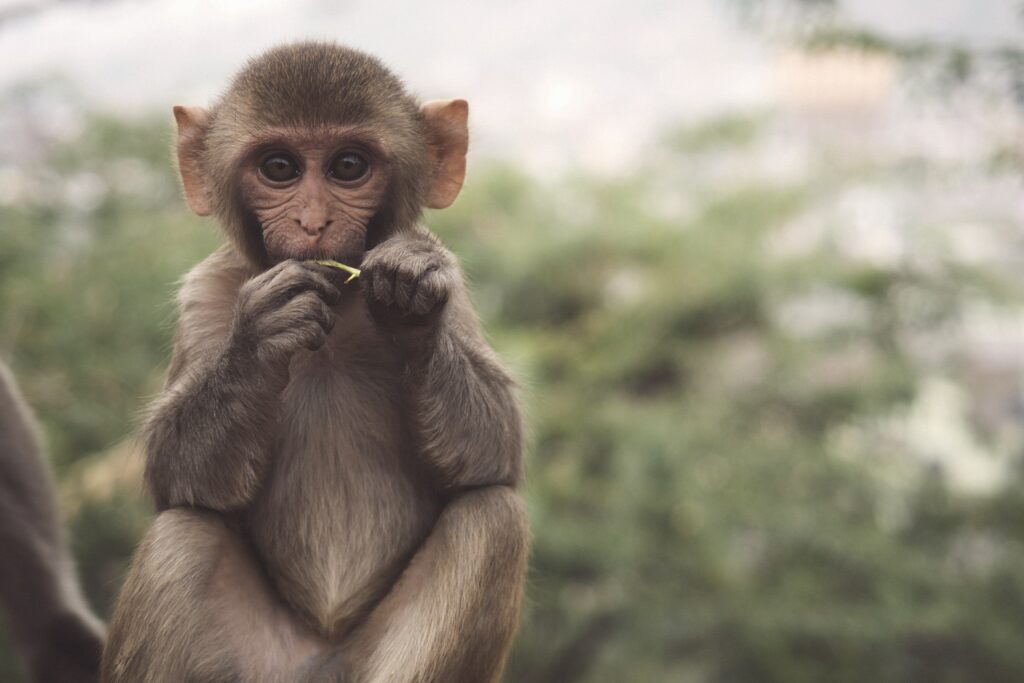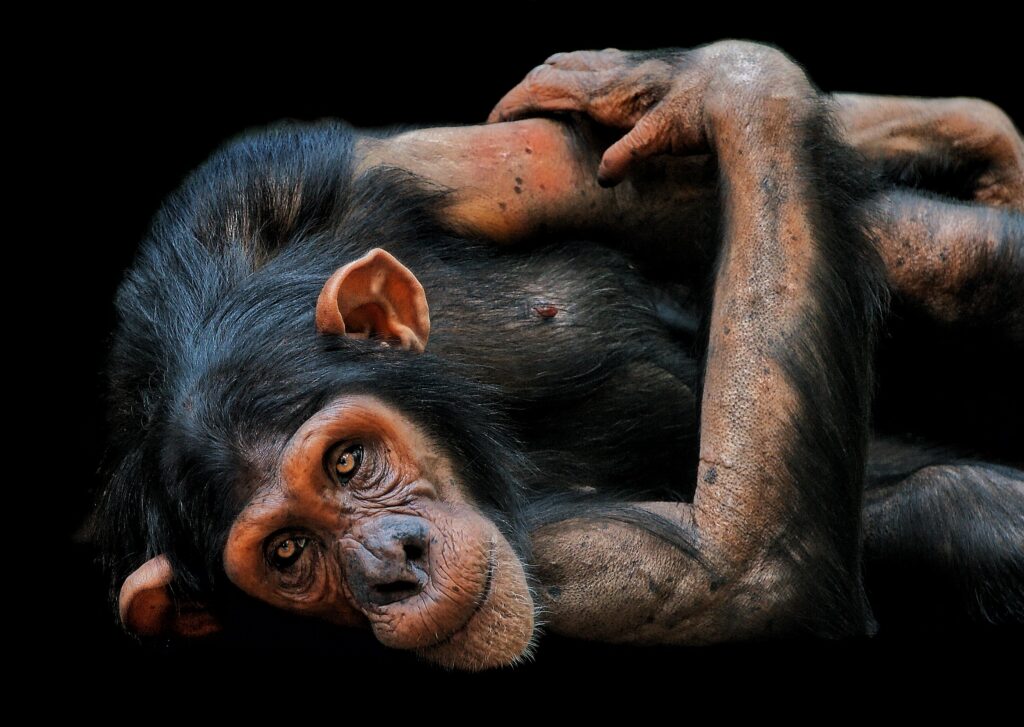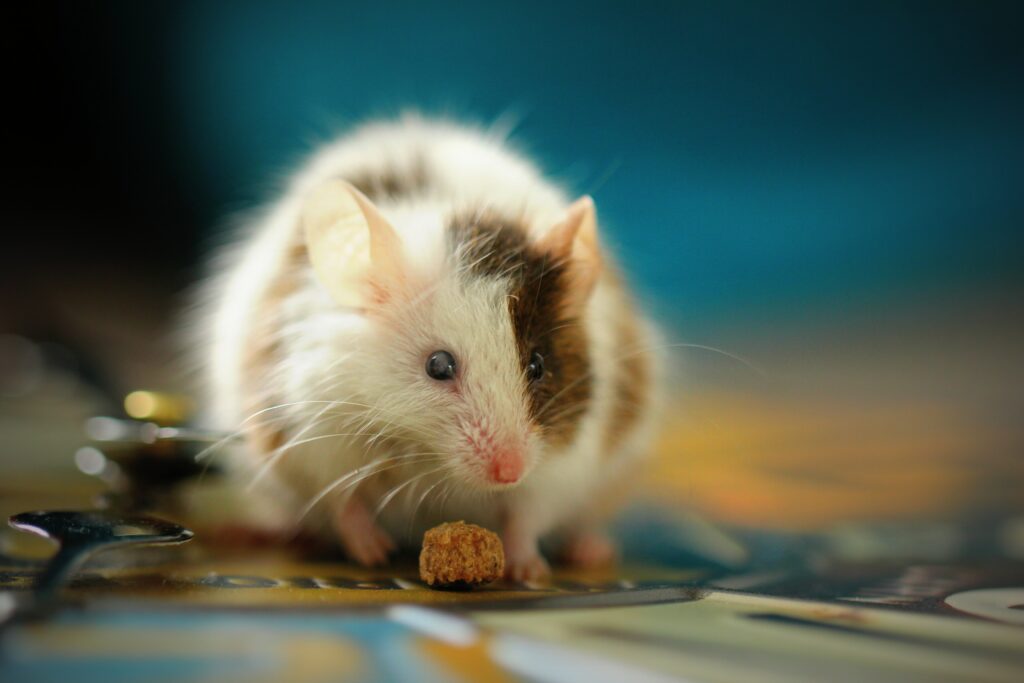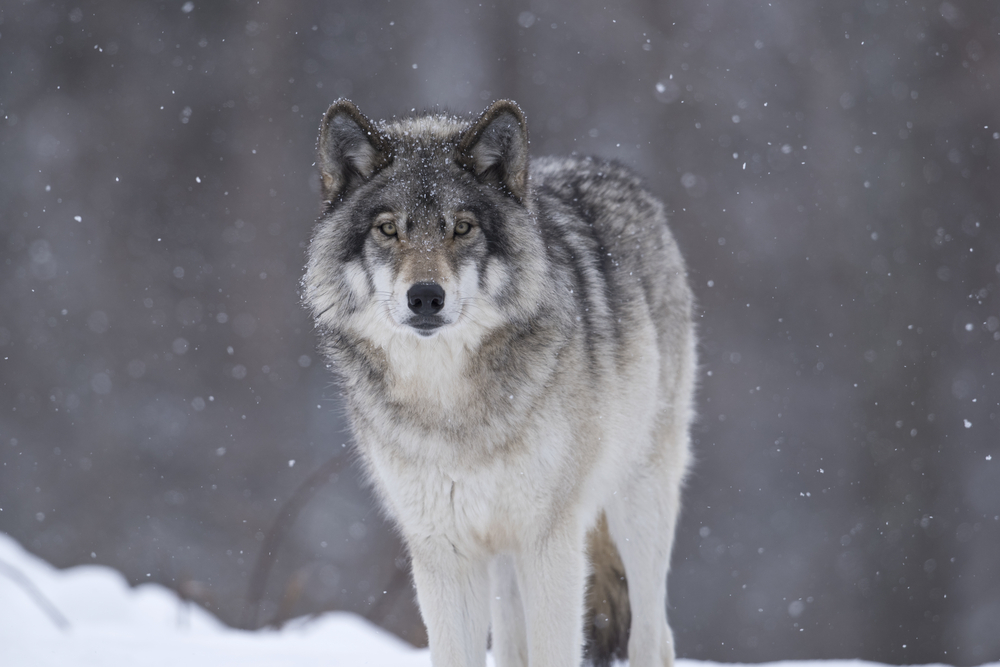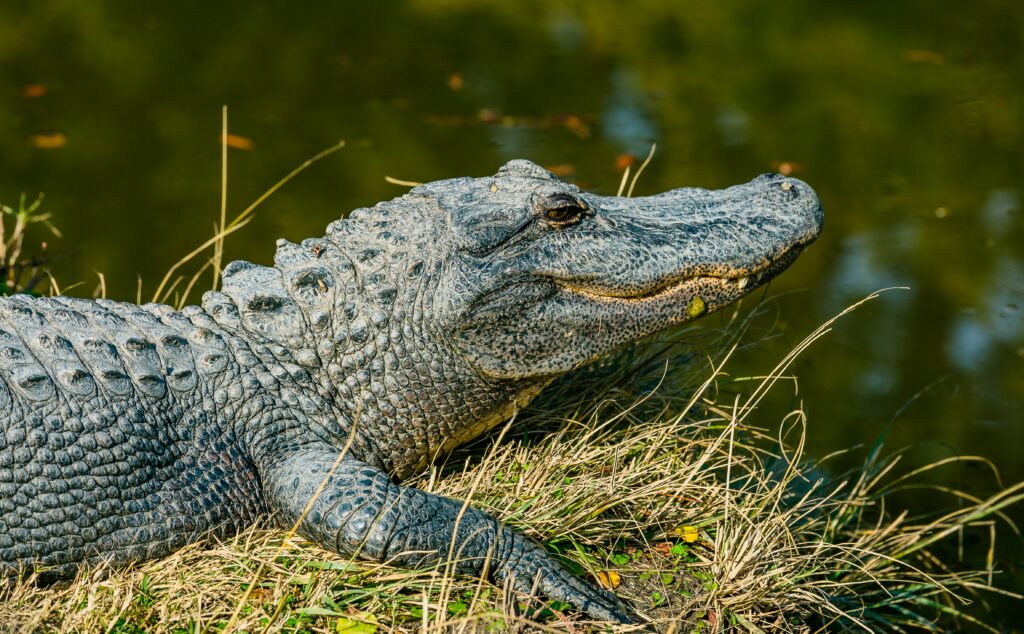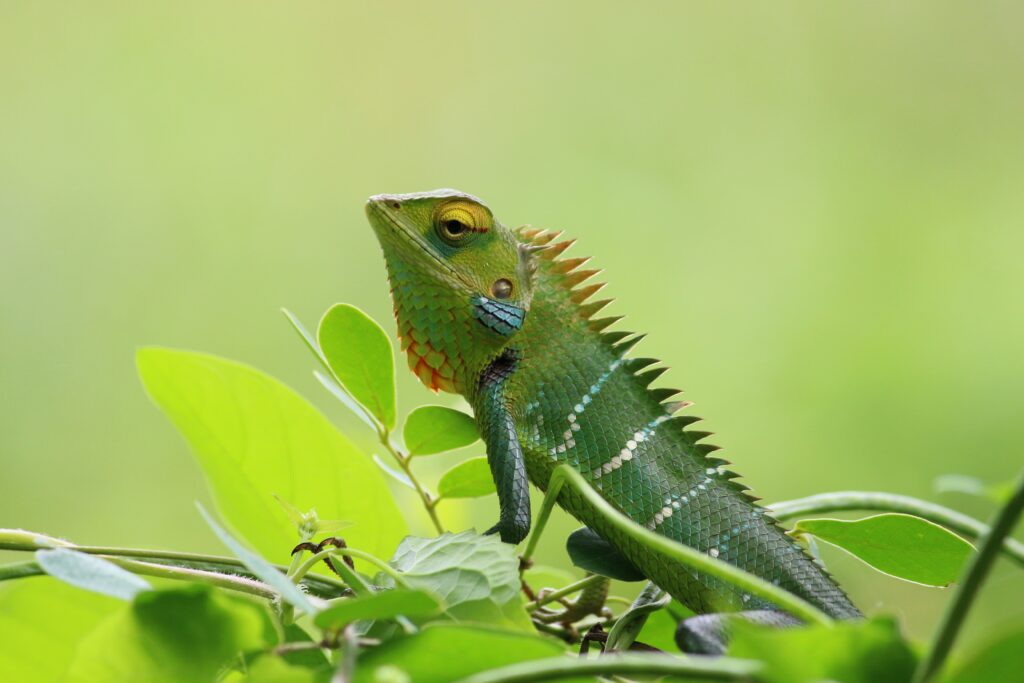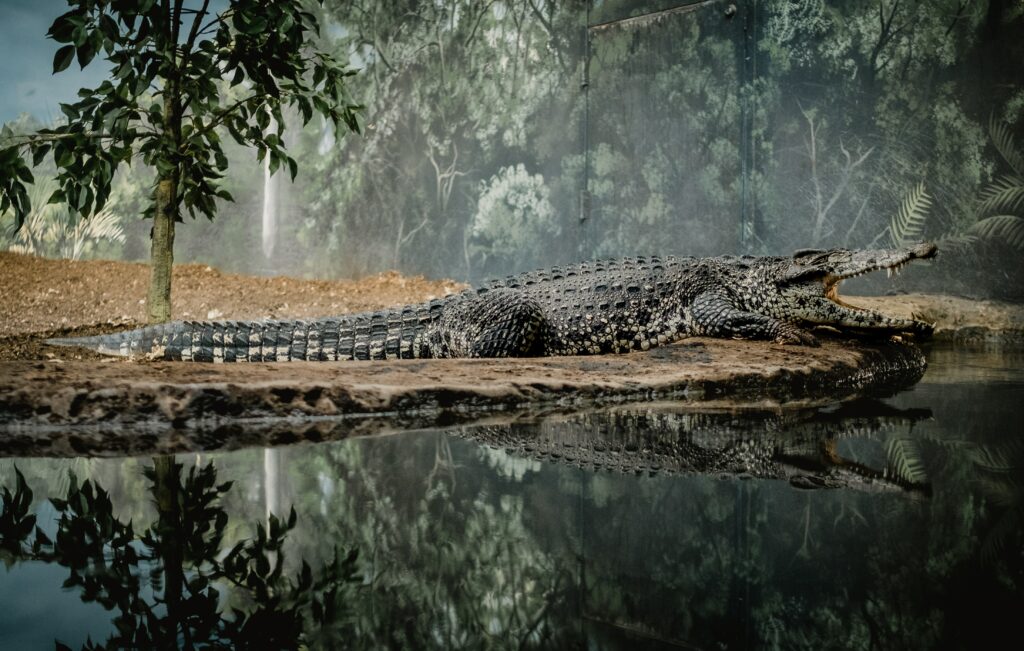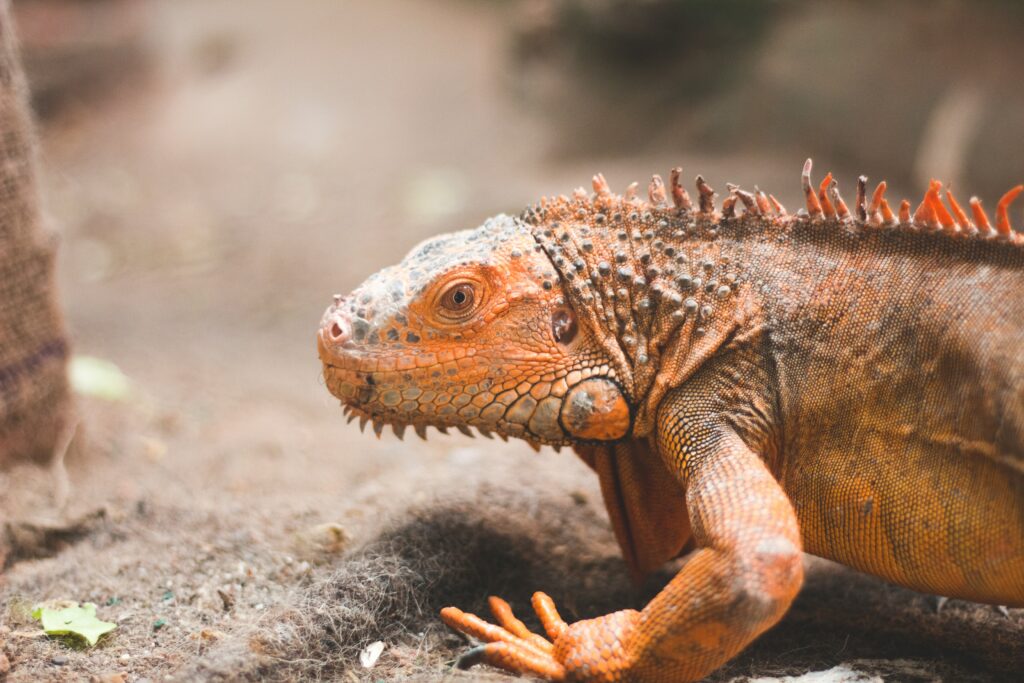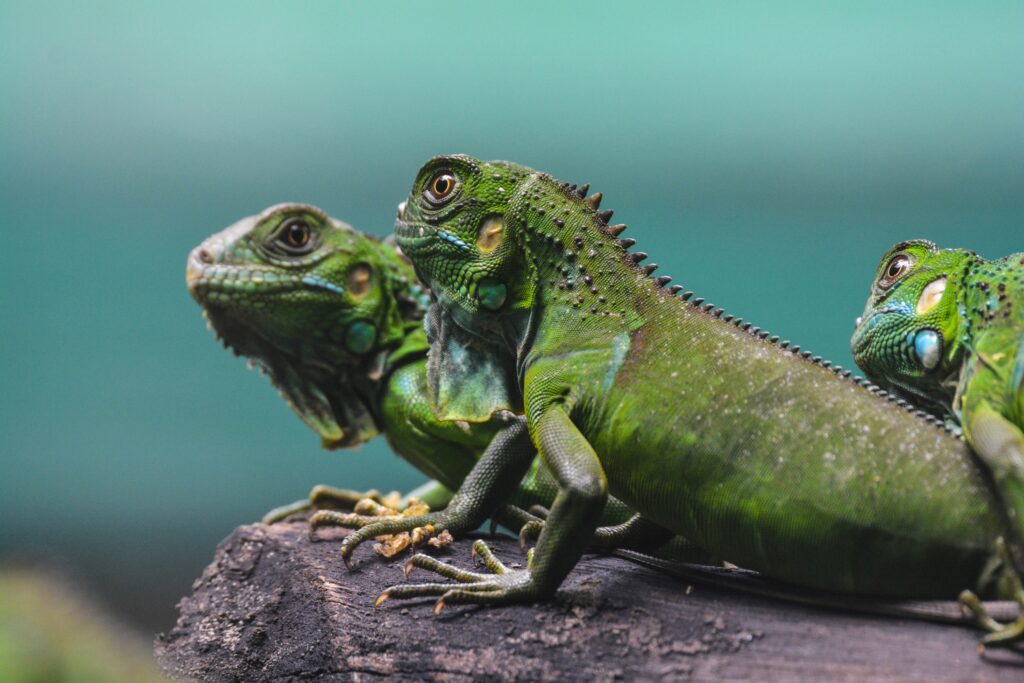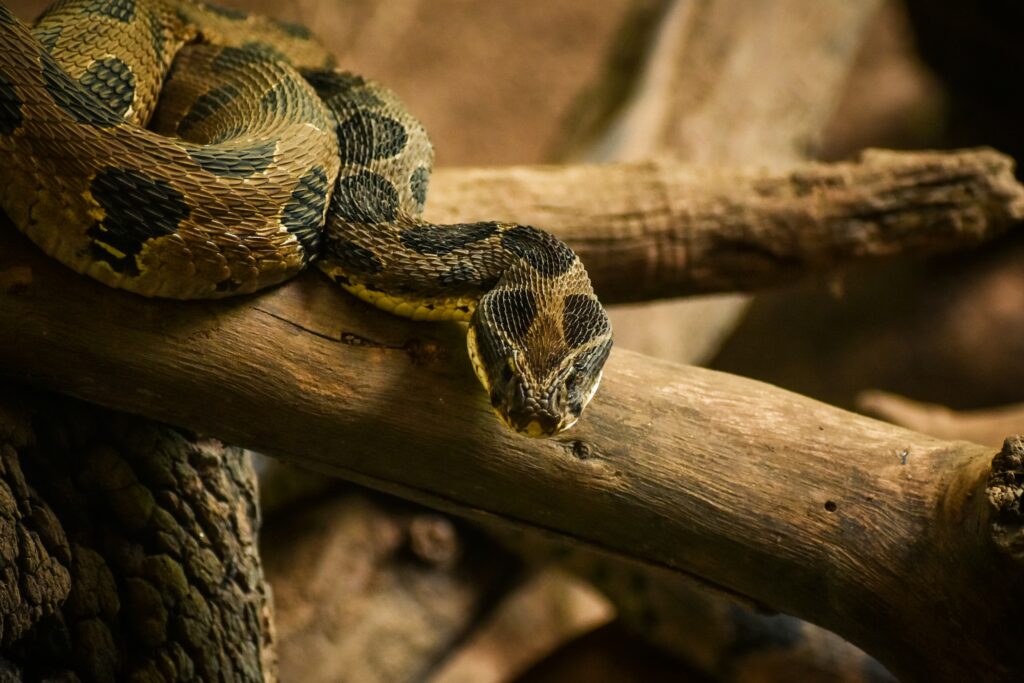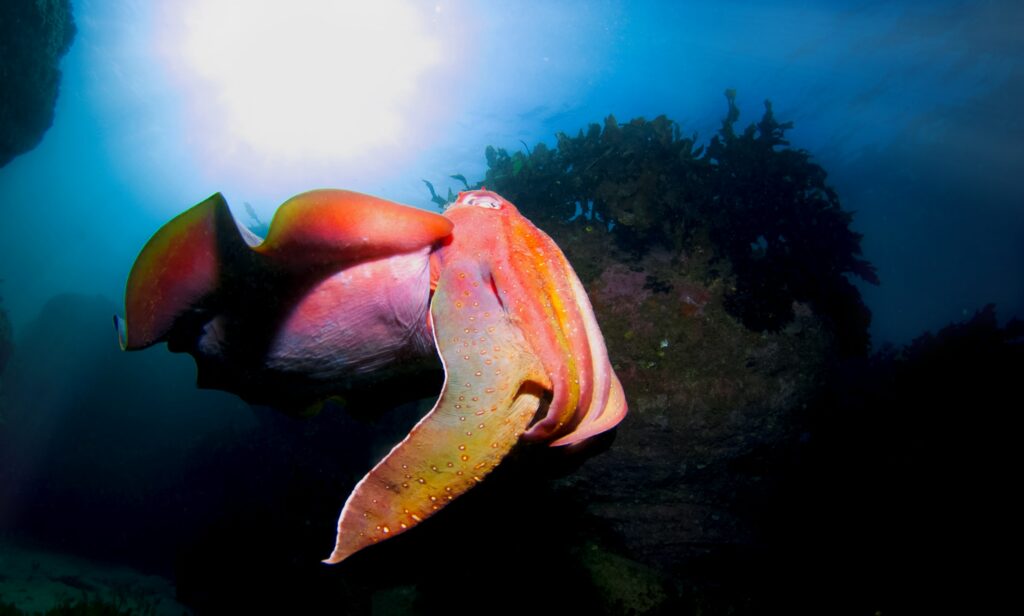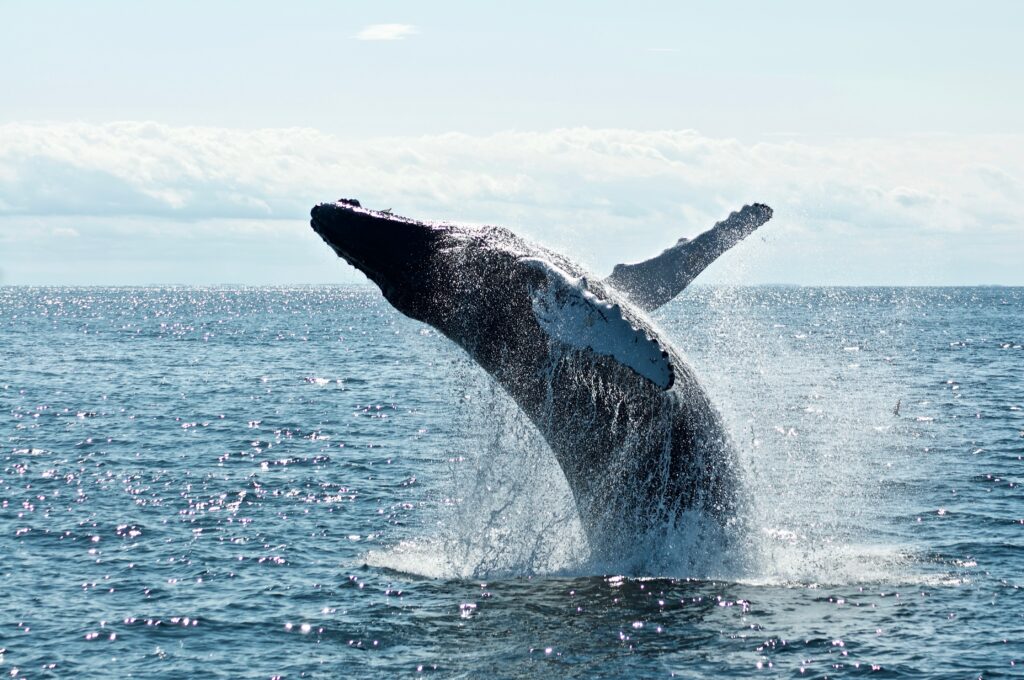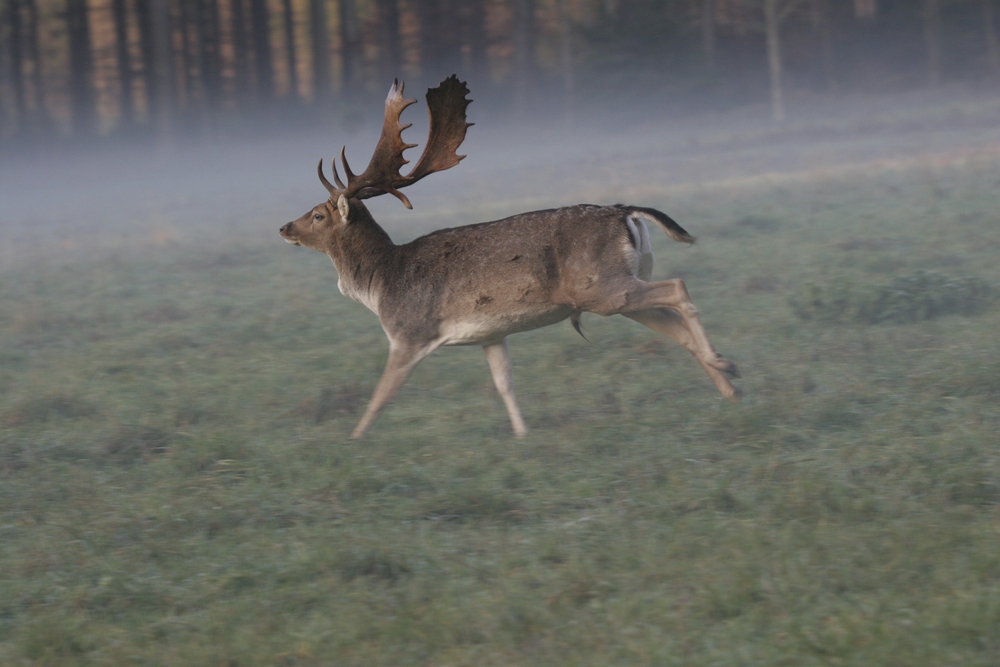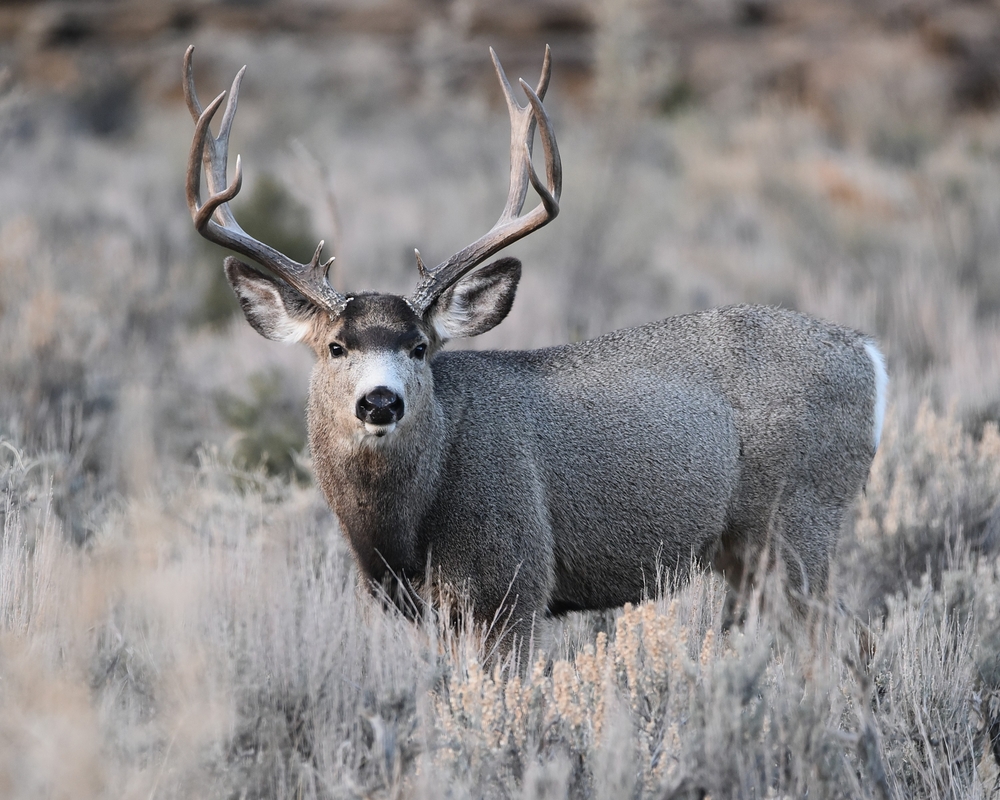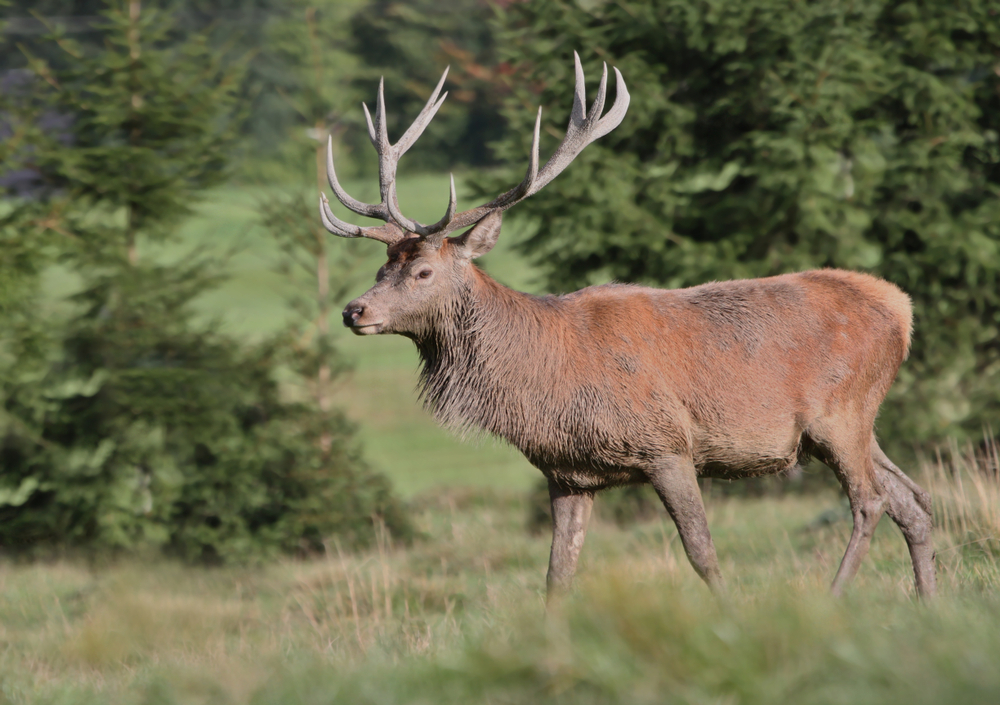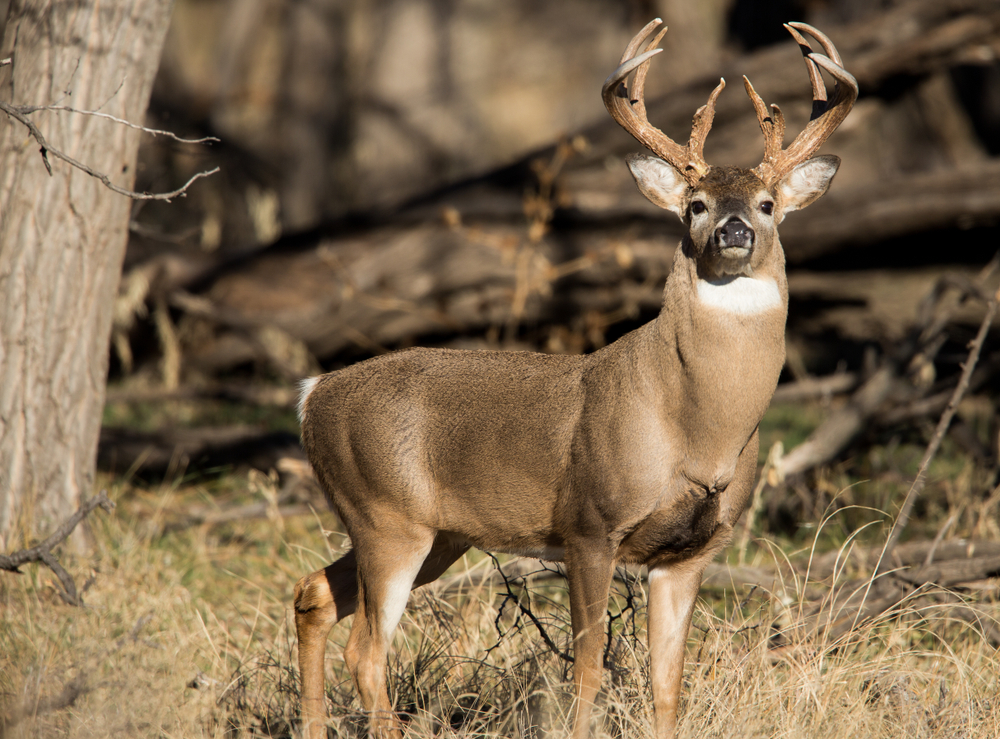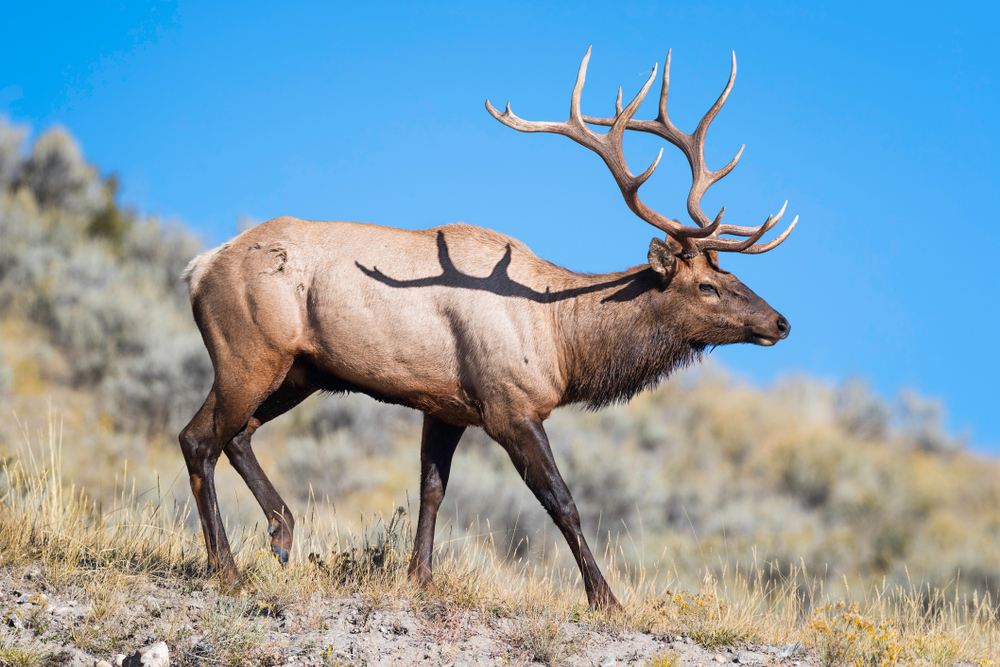Uniqueness
The Fallow Deer is one of the most distinctive and historically significant deer species, noted for its ornamental appearance, palmate antlers, and adaptability. Though originally native to the eastern Mediterranean, it has become a naturalized and symbolic species across Europe and beyond. Below is a structured overview in the style of the AK Uniqueness document:
Broad Palmate Antlers (Males Only):
Fallow Deer bucks possess wide, flattened antlers with shovel-like palms, unlike the branched or spiked antlers seen in most deer.
Multiple Coat Color Morphs:
Fallow Deer occur in four natural color variations, more than any other wild deer species:
-
Common (Chestnut with white spots)
-
Menil (Paler and permanently spotted)
-
Melanistic (Dark brown to black)
-
Leucistic (Cream or white)
These morphs often exist within the same population, making fallow herds visually diverse.
Historic Human Connection:
Fallow Deer were one of the first deer species to be widely managed and introduced by humans, dating back to ancient Roman and medieval times.
-
Introduced across Europe, the Middle East, and later to Australia, New Zealand, South Africa, and the Americas.
-
Often found in royal parks, estates, and hunting preserves, they became symbols of nobility and woodland culture.
Lekking and Rutting Displays:
During the breeding season, bucks engage in lekking behavior—gathering in display areas where females visit to choose mates.
Highly Adaptable and Naturalized:
Fallow Deer are among the most successful introduced deer species worldwide, adapting to woodlands, grasslands, farmlands, and even suburban areas.
Ecological Role in Introduced Habitats:
While not always native, fallow deer often take on a functional ecological role in managing undergrowth, dispersing seeds, and providing prey for large carnivores in rewilding programs (e.g., lynx or wolf reintroductions).
Visual Alert Signaling:
Fallow Deer possess a bold white rump patch with a central black stripe and black tail, which is lifted and flashed during alarm—serving as a visual warning signal to other herd members.
The Fallow Deer’s palmate antlers, color diversity, and deep human-cultural ties make it one of the most recognizable and symbolically rich deer species in the world. Whether roaming wild forests or enclosed parklands, it bridges the gap between wildlife, history, and aesthetics like no other cervid.

